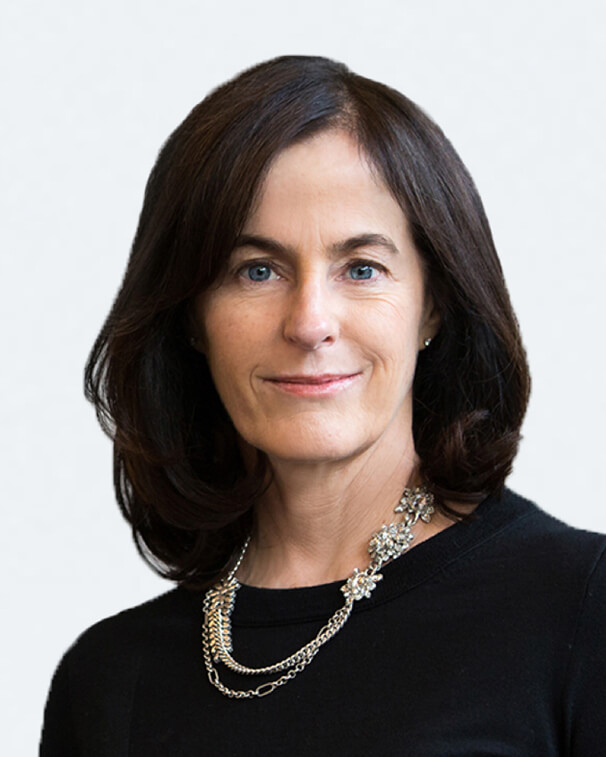
Listen now:
If you've decided to do OKRs (or perhaps you've already started doing them), it's likely because you want to accelerate growth, focus efforts and increase transparency and alignment across the organization. And as you head into that effort, there are a couple of things to think through. First and foremost is that faster growth requires faster forward movement. Here are three things to think through or consider as you think about how far and deep in your organization you'll drive alignment, how much transparency you really need, and of course, how fast you need it.
1. Pace over perfection
Move quickly doesn't have to be move perfectly. Don't get paralyzed by "we've got to get it right before we go to the next step." In fact, what you really have to do is learn and move fast again, because speed is currency right now. That's what the market rewards, it's what shareholders reward; that's what activist shareholders are demanding. And iteration is the way of the world now.

2. The path is the destination
You're not going to do OKRs for two quarters and that'll be the end, nor will you arrive at perfect. Your muscle for getting aligned — for being focused, for learning from the misalignment and learning from the lack of focus — that muscle gets stronger and stronger. You don't get alignment right; you get it better. You can expect to get it 75% better the very first cycle. It will be dramatically better, right from the beginning. And then it still needs to get 5% better every quarter after that. It's like a CAGR: it compounds over time. And the way you get it better is finding out where you're not aligned. That's part of the path. And then what feels hard about alignment is affirmation: proof positive that alignment needs work, that the job of aligning needs to be done. That it feels hard is evidence that you're not aligned. It's proof of what we're doing together and the worthiness of doing it.
And when you see people aren't updating their KRs, when it feels like no one's paying attention to their key results — it's because they're not. That's not a platform problem; that's not an adoption problem. That's a drift problem. And drift is a very old problem. They weren't paying attention before. What's new now is you can see where people are drifting. You can see who's not focused. And that's not a problem; it's a victory. Because when you can see who's not focused, you can actually solve for lack of focus. And that of course is why you're doing OKRs, and why you're using a platform.
3. Real and artificial barriers
Beware the artificial barriers — and do note the real barriers. The idea that you can't change fast was retired in 2020. Of course you can change fast — you just did. In fact, you changed every single quarter and thrived all the same. So let's ask what the real barriers are, what the real risks are. What in fact is the real risk of moving too fast? You'll be over-aligned? You'll identify misalignment faster? How big of a problem is that? Actually, it's not a problem; it's a giant opportunity.
And on the other hand, what's the real risk of not getting aligned and not moving fast enough, but that another quarter slips by where you're not learning and you're not achieving your best possible? The real risk may be the opposite of what you're thinking. Is change really harder than not changing? I don't think so. How big now is the risk and cost of misalignment, the risk and cost of the outcome/output gap? How much risk do you have now that you're not addressing while you're focused on the risk of moving too fast? And where is that gap the biggest?
So while you're thinking, “I'll go to the people who want to get aligned and I'll stay away from the people who are afraid to get aligned — I'll go where it's easy,” you may actually be ignoring where it's most important to drive urgent, rapid alignment on outcomes, and to close that outcome/output gap. Because where the gap is biggest is where the growth is biggest and where the results are going to change the most; that’s where your effort is actually most needed.




